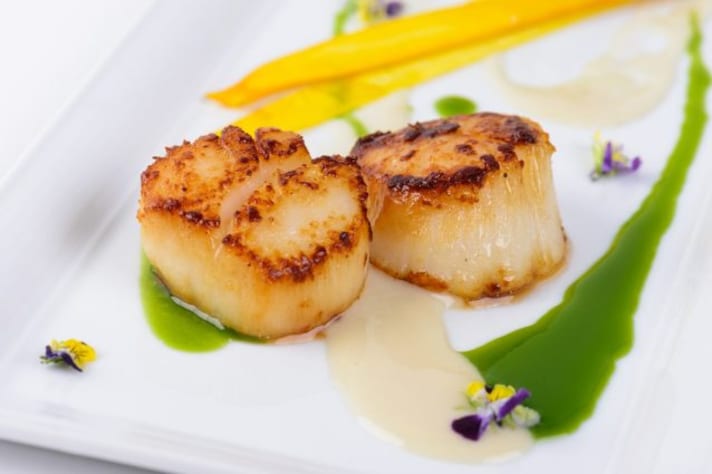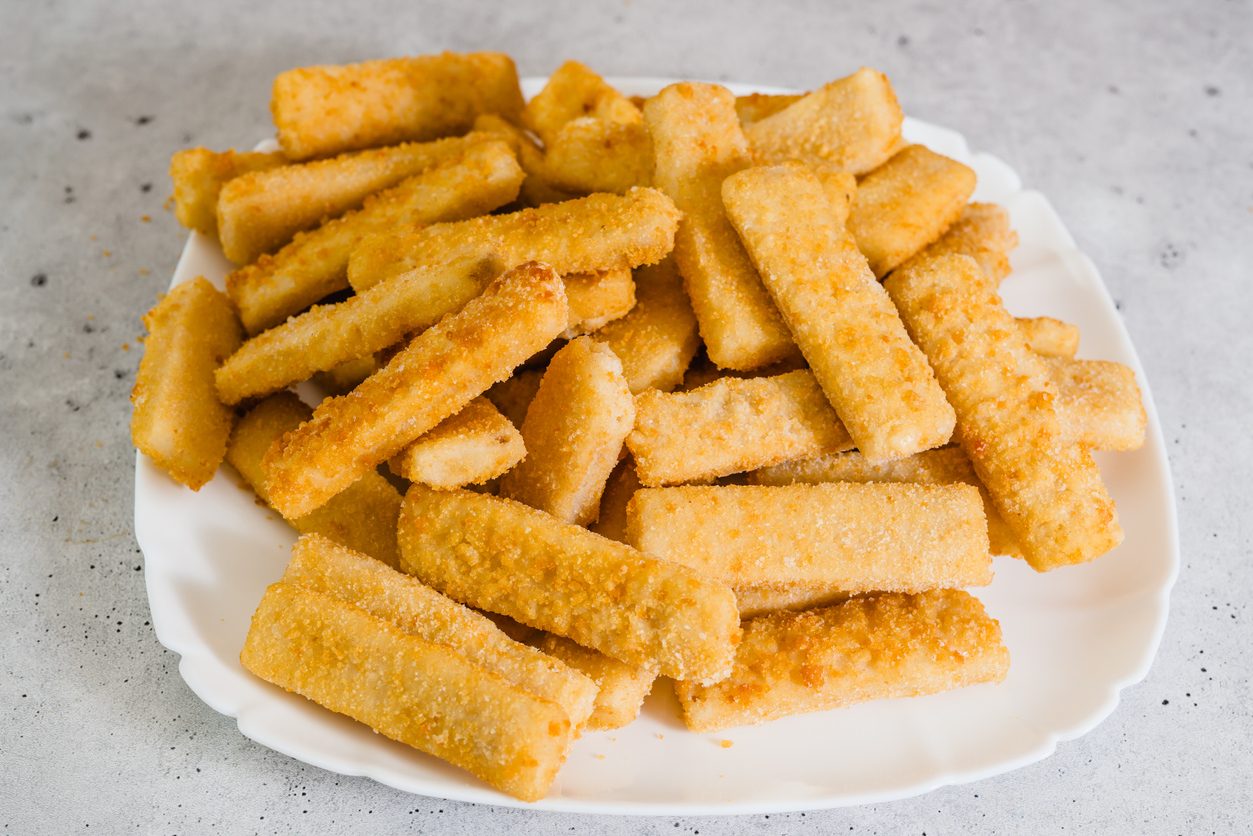Why You Should Never Let Scallops Rest Once You’ve Cooked Them
Scallops are a delicate seafood that demand perfect timing—not just in cooking but in serving. Let them sit too long, and they go from tender and buttery to dry and rubbery. Unlike steak, they don’t benefit from resting, and once they’ve cooled, there’s no saving them. If you think reheating might help, think again. When it comes to scallops, speed is everything—hesitate, and you’ll regret it.

Scallops are one of those rare foods that demand absolute precision. Overcook them, and they turn rubbery. Undercook them, and you're in risky territory. But what many people don’t realize is that even timing after cooking plays a crucial role. Unlike steak, which benefits from resting, scallops should be served immediately—hesitate, and you’ll be left with something dry, chewy, and utterly disappointing.
Scallops Keep Cooking Even Off the Heat
One of the main reasons scallops should be served straight from the pan is carryover cooking. This phenomenon occurs when residual heat continues to cook food even after it’s removed from the stove. Given how delicate scallops are, even an extra minute sitting on a warm plate can push them from tender to tough. Unlike a thick steak, which benefits from resting to allow juices to redistribute, scallops don’t have that luxury—what little moisture they have evaporates quickly.

The Window for Perfect Scallops Is Short
Scallops don’t just keep cooking after they leave the pan—they also lose their ideal texture fast. When served fresh, a perfectly seared scallop has a crisp golden crust with a tender, almost buttery center. Wait too long, and that beautiful contrast is lost. The crust softens, the interior firms up, and suddenly, what should have been silky and rich is now dense and unappealing.
Why You Should Never Serve Scallops Cold
Scallops are not steak or chicken—they aren’t meant to be eaten cold (unless you’re working with raw scallop crudo or sashimi). Once a cooked scallop cools down, the fat congeals, the proteins tighten, and the flavors become muted. Instead of a delicate sweetness, you’re left with a bland, firm disk that no amount of sauce or butter can fully revive. The magic of scallops is in their freshness—lose that, and you lose everything.

How Long Can You Let Scallops Sit?
The answer is simple: less than a minute. Scallops should go directly from the pan to the plate to the diner. If you absolutely must wait (maybe you're plating a fancy dish), keep it under 30 seconds and make sure they are served warm. Letting them sit longer than a minute leads to textural decline, and anything past five minutes is a disaster—by then, you might as well be eating overcooked shrimp.
Reheating Scallops Is a Crime Against Seafood
Let’s get one thing straight: you should never have to reheat a scallop. Unlike other proteins that can tolerate a second round of heat, scallops dry out instantly when reheated, leaving you with a rubbery mess. Microwaving them is an insult. Tossing them back in the pan will only make them tougher. If you have leftover scallops, your best bet is to eat them cold in a salad or turn them into a seafood spread—just don’t expect them to taste like they did fresh from the pan.
;Resize,width=767;)
;Resize,width=712;)


